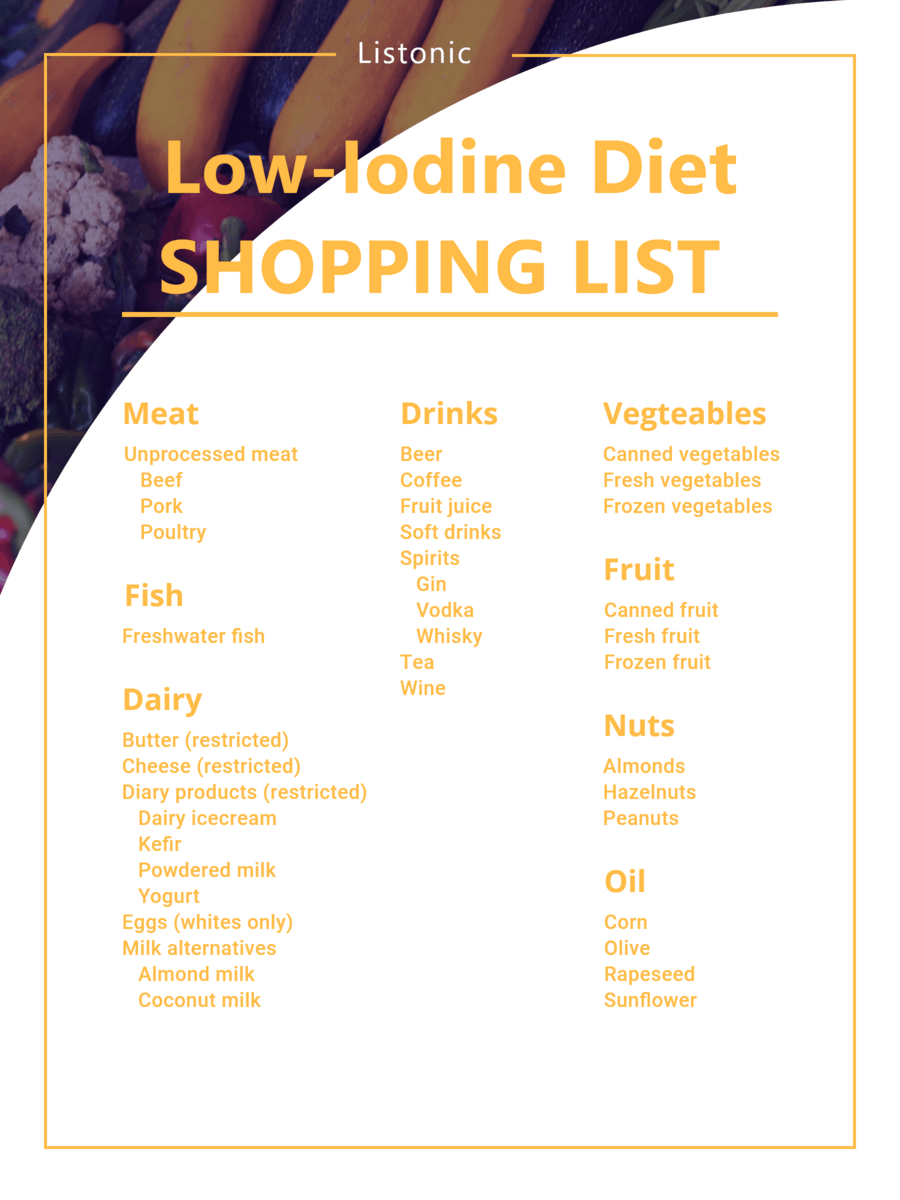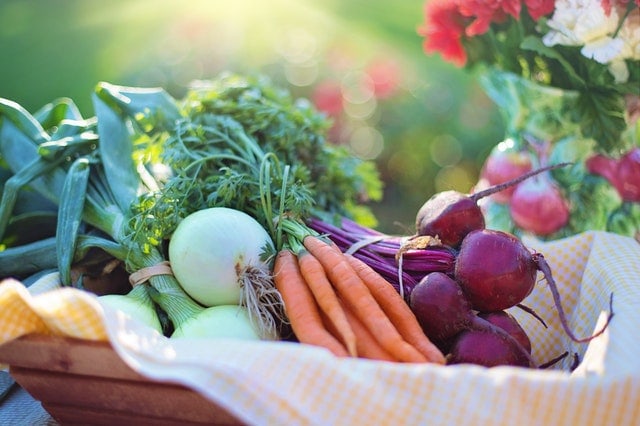If you’re going to be undertaking radioactive iodine treatment, you may want to consider going on a low-iodine diet to increase the treatment’s effectiveness. But what should you have on your low-iodine diet shopping list?
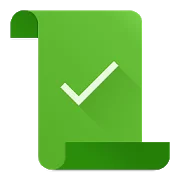
Top Rated Shopping List App
Share And Synchronize An Unlimited Number
Of Lists With Others Instantly and Easy
Contents
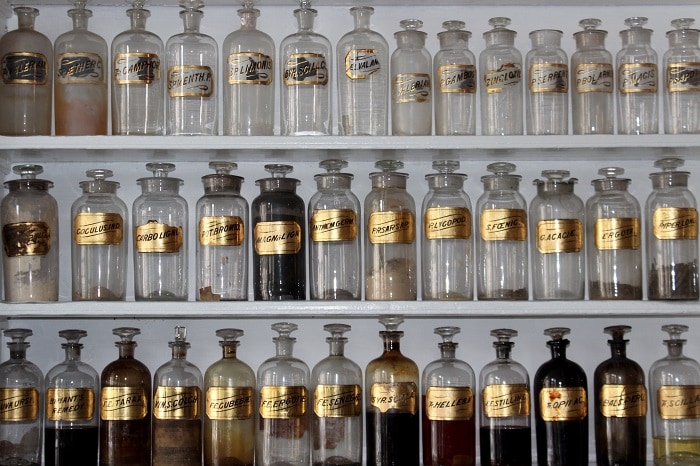 Undertaking a Low-Iodine Diet
Undertaking a Low-Iodine Diet
The main reason people may want to be on this diet is that they are going to be undertaking radioactive iodine treatment for thyroid cancer.
But why is having a low-iodine so important for this?
The thyroid gland absorbs iodine. It uses iodine to create thyroid hormones, which keep you energized and helps you metabolize food, among other functions.
Therefore, starving your thyroid of iodine before the treatment will make the radioactive iodine that you will receive get into your thyroid quicker. This will make the treatment more effective.
If you’re considering going on this diet before treatment, then you’ll need to know what foods with iodine to avoid during this period, as well as what you can eat. Therefore, let us provide you with a grocery list to get you started on the diet, as well as going over the basics and answering some questions you may have. However, you can skip straight to your free low-iodine diet shopping list template if you wish.
Low Iodine Diet Basics
Foods with Iodine to Avoid
The following list of foods with iodine should be avoided while on the diet, in order to eliminate or limit the food sources of iodine in your diet.
| Avoid Completely | Restrict |
|---|---|
|
|
?Fact
Depending on the soil in which they were grown, grain can vary in iodine levels. If they are grown near the coast, they will have a higher amount of iodine compared to those which are grown inland.
Foods with Iodine to Restrict
Some foods that contain iodine can be consumed but in small amounts.
- Butter – about 5g or 1 teaspoon per day
- Cheese – 25g or 1oz a week
- Dairy products (such as yogurt, icecream, kefir) – one portion per week
- Eggs – 1 per week
Food to Eat
Even though the low-iodine diet is a restrictive diet, there is still a plethora of things that you can eat.
You can enrich your diet menu with:
- Fresh meat
- Most fruit
- Most vegetables
- Fresh and dried herbs
- Almost all non-dairy drinks
This means you can still enjoy a wide range of tasty food, from canned or homemade soup (but not cream-based), to homemade hamburgers and meatballs.
You can even eat food made using egg-whites. This means you can still make and enjoy a delicious cake providing its been made without the yolk.
But why only the whites?
Whilst eggs are to be restricted on the diet because of their iodine content, all of the iodine is in the yolk. This is because farmers usually feed chickens with fishmeal.
There are also plenty of alternatives to dairy products you can use. For example, you can swap your butter for a vegetable oil such as sunflower or rapeseed. However, avoid any soy-based products.
Low-Iodine Diet FAQs
Can a low-iodine diet be risky?
The low-iodine diet is not a “no-iodine diet” or an “iodine-free diet”. This is because iodine is still vital for your body to function properly. The low-iodine diet is designed to make radioactive iodine therapy more effective, not for you to get rid of iodine forever.
Regardless, staying on the diet for longer than necessary might lead to iodine insufficiency. The side effects of this can be quite severe:
- During pregnancy – iodine inadequacy may cause major neurodevelopmental deficits and growth abnormalities in the fetus. It can also cause miscarriage.
- Children – low or no-iodine intake can cause neurodevelopmental deficits. It is also a high-risk factor for causing Attention Deficit Hyperactivity Disorder (ADHD).
- Adults – chronic iodine deficiency may lead to hearing loss, as well as mental or physical abnormalities
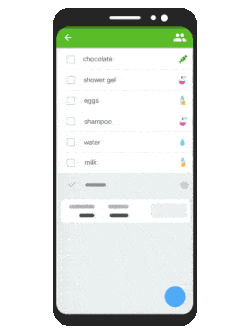
Download Listonic app
- Make and share shopping lists together
- Instantly see changes with live updates on your grocery list
- Get timely notifications when changes are made
When can I stop a low-iodine diet?
The diet should be started around 1-2 weeks before treatment and should continue only 1-2 days after treatment.
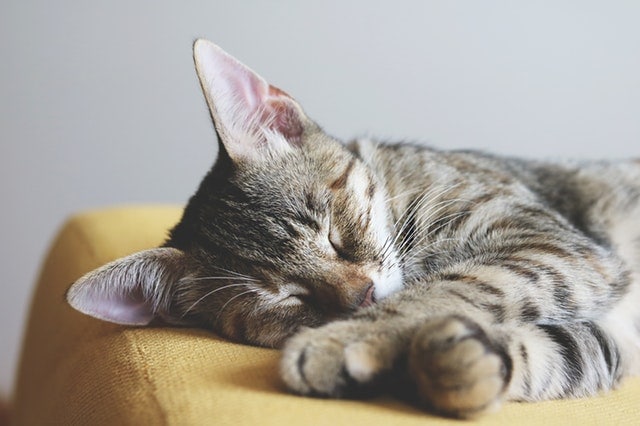 Does the diet make you tired?
Does the diet make you tired?
While on the low-iodine diet, you might experience some weakness and tiredness. This is because the thyroid gland uses iodine to create the hormones that drive your metabolism, which in turn keeps you energized. Without as much iodine in your diet compared to usual, tiredness is a common side-effect of being on the diet.
Can I have rice on the low-iodine diet?
Based on the region where grown, rice can vary in iodine content. Because of this, it is recommended to consume only in limited amounts of this. However, some low-iodine diets recommend removing this item completely from your food list. But, if you still want to eat rice, basmati rice is the best to eat on the diet.
 Can you have almond milk on the diet?
Can you have almond milk on the diet?
Yes, you can!
Because it’s an alternative to dairy milk makes, it’s completely lacking in iodine.
Is taking vitamins okay while on the diet?
Those who are on the diet mainly prefer not to take vitamins as many multivitamins and mineral preparations contain iodine.
However, there are some supplements that might be beneficial, such as a calcium supplement. Because you won’t be consuming dairy products, you won’t be getting the recommended 1200 mcg of calcium per day. Therefore, this supplement may be important for you while on the diet.
Your Low-Iodine Diet Shopping List
Please find below your free printable low-iodine diet shopping list. Feel free to make any changes that you wish to make, and make it your own.
Low-iodine diet shopping list
Copy to clipboardMeat
- Unprocessed meat
- Beef
- Pork
- Poultry
Fish
- Freshwater fish
Dairy
- Butter (restricted)
- Cheese (restricted)
- Diary products (restricted)
- Dairy icecream
- Kefir
- Powdered milk
- Yogurt
- Eggs (whites only)
- Milk alternatives
- Almond milk
- Coconut milk
Drinks
- Beer
- Coffee
- Fruit juice
- Soft drinks
- Spirits
- Gin
- Vodka
- Whisky
- Tea
- Wine
Vegetables
- Canned vegetables
- Fresh vegetables
- Frozen vegetables
Fruit
- Canned fruit
- Fresh fruit
- Frozen fruit
Nuts
- Almonds
- Hazelnuts
- Peanuts
Oil
- Corn
- Olive
- Rapeseed
- Sunflower
Which difficulties did you experience on the low-iodine diet? Do you think it is significantly useful for the treatment process? Which additional products might be added to the list? Let us know in the comments.
